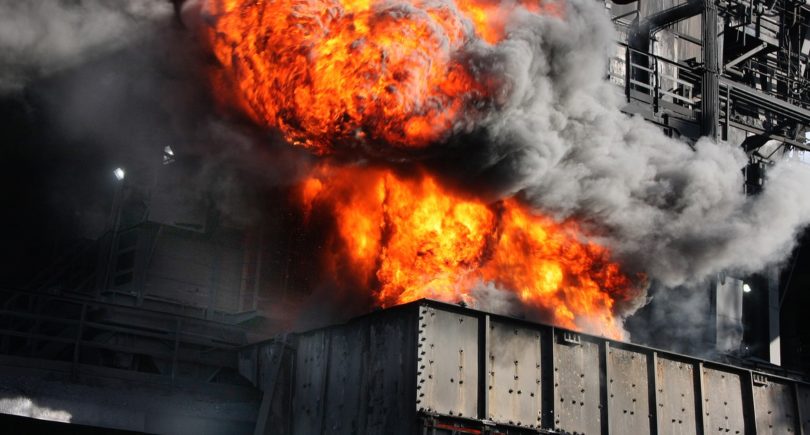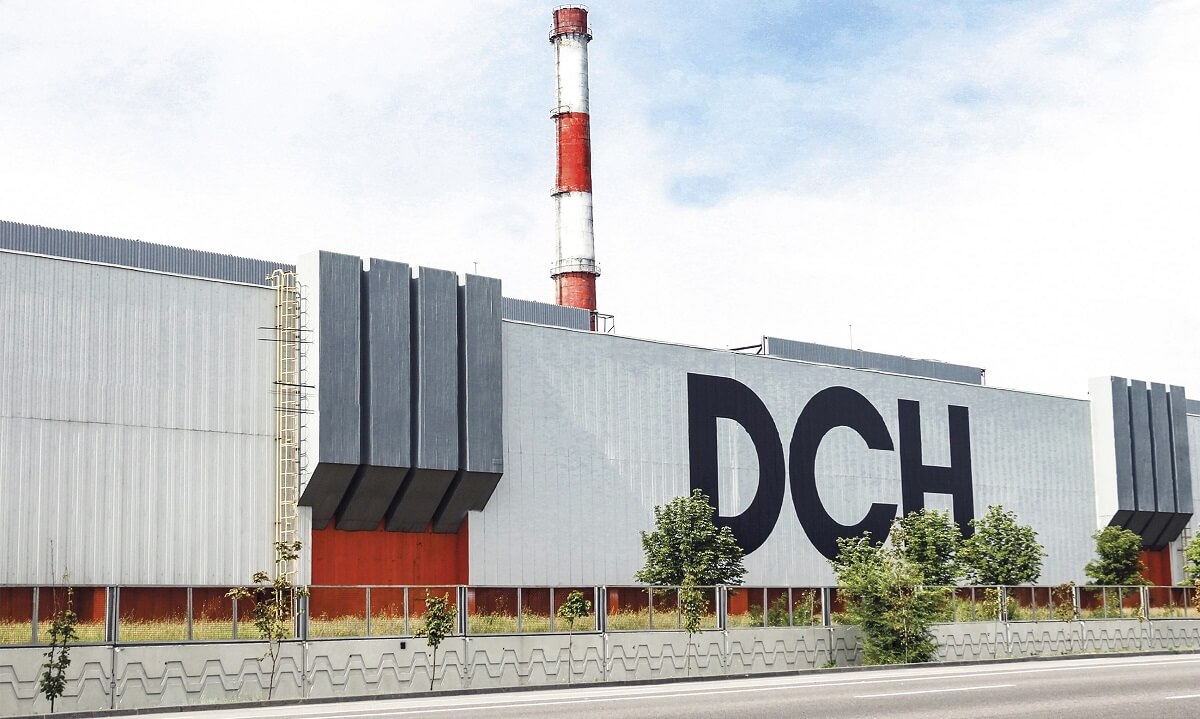
Opinions Green steel CBAM 2384 25 April 2024
Solving the existing problems depends on cooperation between Ukrainian and European authorities
The European Union has actually become the locomotive in the implementation of CBAM. Therefore, in a sense, the CBAM is an experimental instrument and the possible consequences of its use are not yet fully understood. From the very beginning of the discussion, there was a hypothesis that the introduction of the CBAM would lead to certain trade flows bypassing the EU. Such a scenario is quite possible – in particular, according to our calculations, the CBAM will destroy the EU pig iron market, and thus imports of this product will cease after 2030-2032. Also, some European companies that have encountered difficulties in submitting CBAM reports have announced their intention to stop importing.
On the other hand, the introduction of CBAM in the EU will lead to the emergence of similar mechanisms in other countries. In particular, the United Kingdom has announced its intention to launch its own CBAM in 2026, when the European one comes into force. The Australian government is considering the feasibility of introducing tariffs on imports of carbon-intensive products. In the United States, the American Iron and Steel Institute is promoting the idea of introducing a local CBAM, considering it an important tool for market protection. In South America, the local steel producers’ association supports the idea of creating a regional CBAM.
The spread of CBAM across countries will lead to a reformatting of trade flows and an increase in the financial burden on carbon-intensive imports. It is declared that this trend will help reduce CO2 emissions in line with one of the goals of introducing CBAM in the EU – to motivate other countries to reduce the anthropogenic burden on the environment and formulate their own climate ambitions. An increase in the number of CBAM instruments may stimulate the introduction of a certain global price for CO2, which, according to the EU, would level the playing field for suppliers from different countries.
The experience of the EU, which approved the relevant regulation on the CBAM in May 2023, will be crucial for CBAM introduction in other countries. Starting from October 1, 2023, there is a transitional period during which the importer only reports on CO2 emissions from imports of goods subject to the CBAM. Starting from January 1, 2026, the mechanism should be fully operational, i.e. importers of goods subject to the CBAM should pay for CO2 emissions by purchasing the appropriate number of CBAM certificates.
The first reporting period, which was supposed to end on January 31, 2024, has already revealed problems. First, the technical platform for collecting CBAM reports was not ready for the workload, so companies were unable to upload the reports on time and the European Commission extended the reporting deadline for another month.
Secondly, importers, who bear the brunt of the bureaucratic burden, were not ready to submit reports. According to the German Emissions Trading Authority (DEHSt), less than 10% of the 20,000 companies in Germany that had to report their emissions did so on time. The Swedish Environmental Protection Agency reported that 11% of the expected reports were submitted.
Most European importers are unaware of the CBAM. Ukrainian exporters also faced this problem when EU counterparties started demanding CBAM certificates from them, confusing them with quality certificates or other product documents.
The European Commission’s awareness-raising activities proved to be insufficient to inform importers – these events were conducted in English with a limited number of participants and could not reach all stakeholders in the EU and in importing countries. Now, it is up to the national authorities responsible for the СВАМ in each country to correct mistakes in the information policy.
The decentralization of management functions is generally a feature of the EU. It is also present in the EU Emissions Trading System (EU ETS), when each country has its own national competent authority responsible for the EU ETS. CBAM has also adopted this governance structure, which has created certain problems. Each EU country had its own competent authority responsible for registration in the CBAM register. And the requirements for registration differed accordingly, which created difficulties for companies operating in several jurisdictions at the same time.
But the biggest challenge was collecting data on CO2 emissions. 80% of the submitted СВАМ reports were based on indicative emissions (default values) approved by the European Commission. Some Ukrainian exporters also recommended that their clients use indicative emissions in their reports, as the methodology for calculating the carbon footprint prescribed in the СВАМ regulations is not fully understood and questions arise about the need to take into account certain aspects of emissions. In addition, Ukraine does not have a fully functioning emissions reporting and verification system, and there are questions about the possibility of automatic use of data from this system in the СВАМ reporting.
In general, the quality of information on carbon emissions contained in the first reports is very uneven. Few companies were able to provide information on actual CO2 emissions. Some companies provided the information they had on their carbon footprint, the methodology for calculating which did not comply with the methodology prescribed in the СВАМ regulations.
Some producers have no incentive to calculate their carbon footprint according to the CBAM methodology, given the relatively small volumes of supplies to the EU. The threshold amount of imports that allows them to avoid submitting a СВАМ declaration is very low (up to 150 euros), and the costs associated with calculating carbon emissions are disproportionately higher.
According to research, almost 50% of European importers do not know when they will be able to report actual carbon emissions in their CBAM reports. And this is a real problem, because after July 2024, indicative emissions cannot be used in reporting. European importers note that they will have to change their business models, including looking for suppliers who can submit data on actual CO2 emissions, or refuse to import at all. As a result, this will cause massive problems in value chains similar to those experienced during the pandemic or even more.
Ukrainian exporters are trying to support their European customers and provide them with the necessary information. However, it is clear that solving current problems in СВАМ is within the competence of the European Commission and the national competent authorities of the EU members.
Ukrainian businesses approached the authorities with a proposal to intensify negotiations with the EU on the application of the СВАМ to Ukraine in 2020. In 2021, a working group was formed to harmonize the approach to the СВАМ and hold relevant consultations with the European Commission. However, according to available information, no meetings of this working group have been held, and as of today, Ukraine has no ongoing negotiations and no official position on the СВАМ. However, such negotiations should be intensified, given the actions of other countries. In particular, South Korea has asked the European Union to recognize its own carbon credit certification system under the new CBAM mechanism in order to avoid double taxation.
The current CBAM regulation allows the EU to take into account exceptional events that have caused devastating consequences for the economy and introduce changes to the CBAM application procedure. According to the business, one of the approaches that can be proposed under this provision may be to apply a declarative approach to goods imported from Ukraine to the EU and subject to the CBAM. In other words, it will be the same approach as for other countries (reporting), but without charging for CBAM certificate. According to companies, this will help reduce the financial burden on business and help companies accumulate resources to partially restore production levels affected by the hostilities.
Ukrainian business fully supports the idea of introducing a Ukrainian Emissions Trading System (ETS). Last year, the European Business Association presented its own proposals for the introduction of this system and its further harmonization with the EU ETS. The ETS is supposed to replace the carbon tax in Ukraine and direct the funds raised through the sale of carbon allowances to supporting measures reducing production carbon intensity of companies that pay for these permits.
At the same time, we understand that the Ukrainian ETS will not be able to generate sufficient resources to finance decarbonization in Ukraine. Therefore, the Ukrainian government, together with European institutions, should work out mechanisms that would allow Ukrainian companies to receive funding from European funds that already support decarbonization programs in the EU. This is a logical step given Ukraine’s upcoming accession to the EU.
Ukrainian business supports the idea of introducing a local СВАМ based on principles of similar European one. The issue of the Ukrainian CBAM is closely related to the launch of the ETS, as the launch of the ETS will eventually lead to higher prices for greenhouse gas emissions in Ukraine. The more the price of CO2 approaches the European price, the more the competitiveness of Ukrainian products will decrease compared to imports from countries that do not have such high carbon prices or do not pay them at all. In addition, the introduction of the Ukrainian ETS is a prerequisite for the EU to consider Ukraine as part of a common space with similar rules of the game.
Ukrainian business supports the need for gradual adaptation to the requirements of European regulations. The launch of the ETS and the local СВАМ are part of this process, as is access to European decarbonization funding. For Ukrainian exporters, the European СВАМ poses challenges that are within the competence of the Ukrainian government and the EU leadership to overcome. In these matters, we hope to reach mutually beneficial solutions that would be in line with the EU’s climate policy and Ukraine’s aspirations for European integration.




